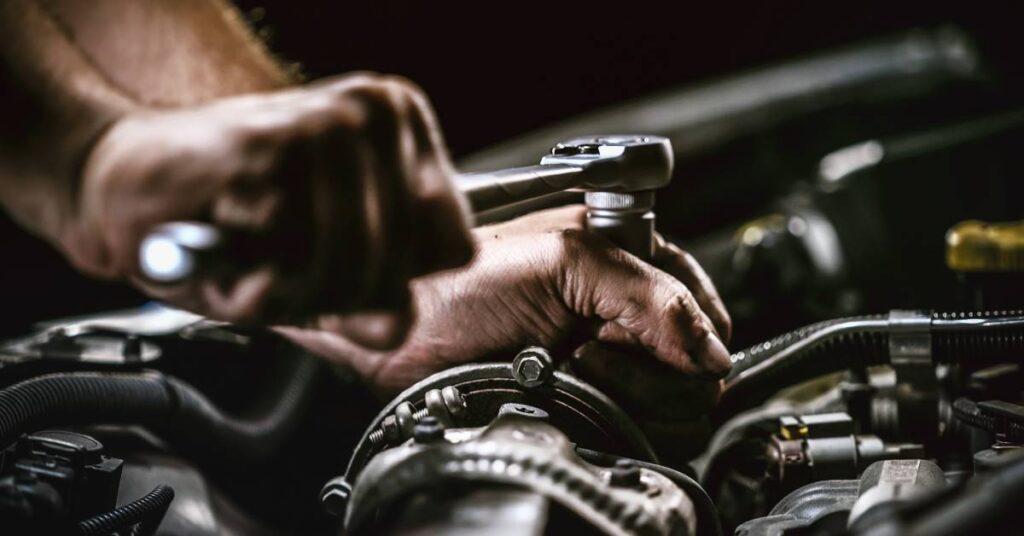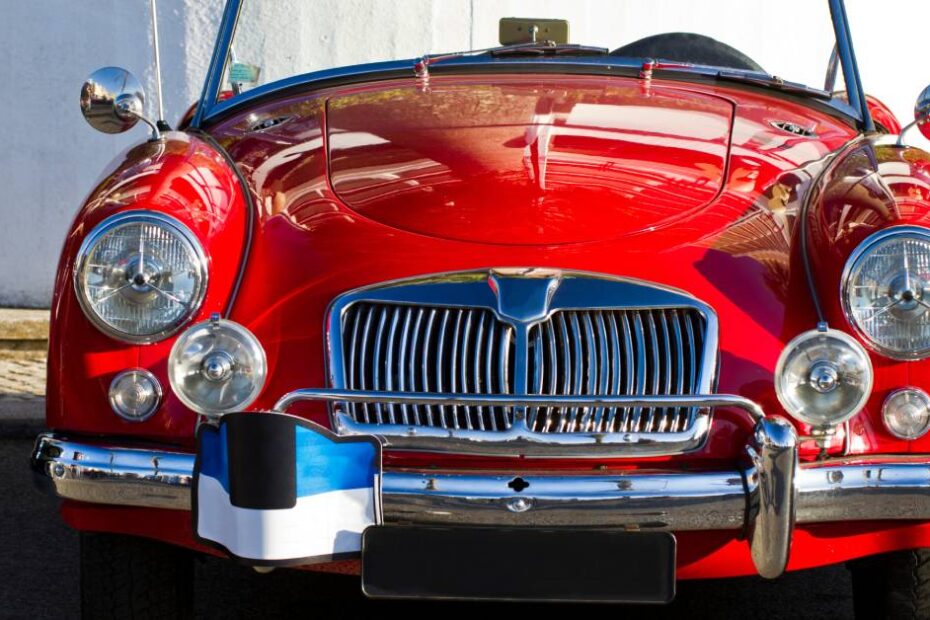Owning a vintage convertible is a dream for many car enthusiasts and DIY restorers. However, this investment comes with unique challenges and responsibilities, from maintaining the convertible top to understanding the nuances of restoration. Explore 10 important things to know about owning a vintage convertible so you can get the most out of your investment and keep it pristine.
Regular Maintenance Is Key

Owning a vintage convertible requires making a commitment to regular maintenance. While any classic car requires care, convertibles need additional considerations, like maintaining the convertible top and keeping the bodywork rust- and damage-free.
Regularly inspecting the mechanical components, checking for leaks, and maintaining the roof mechanism are all crucial car preservation measures. Paying attention to the condition of seals and weather stripping is particularly important, as these elements prevent water from entering the interior and damaging the upholstery or electronics.
Regular oil changes, brake inspections, and tire maintenance will keep your car running smoothly. By staying on top of these tasks, you can extend the life of your vintage convertible and avoid costly repairs.
Convertible Top Maintenance
A defining feature of any convertible is its retractable roof, and the condition of the convertible top can significantly affect a car’s value and functionality. Older convertibles may come with fabric, vinyl, or leather tops, each requiring specific care. Regular cleaning and conditioning will keep the top’s material in good shape and prevent it from cracking or fading due to outdoor exposure.
If you’re a DIY restorer, it’s important to know how to inspect the top’s mechanism, especially if you don’t use the car frequently. Whether your vintage convertible has a manual or power-operated roof, it’s essential to lubricate all moving parts and keep them in good working order. Neglecting roof maintenance can lead to expensive repairs, so take the time to care for this important feature.
Rust and Corrosion Prevention
Rust is the enemy of any classic car, and convertibles are no exception. Water can easily seep into the vehicle if the seals or the convertible top aren’t in perfect condition.
Regularly check the undercarriage, wheel wells, and other vulnerable areas where rust may form. Addressing rust early with the appropriate treatment will prevent it from spreading and causing further damage.
Additionally, learning how to apply rust-proofing agents and undertaking minor bodywork repairs yourself will save you from significant expenses and keep your convertible in pristine condition.
Replacement Parts
Finding replacement parts for a vintage convertible is often challenging. Depending on the make and model of your vehicle, you may need help finding affordable or custom parts.
It’s important to research where you can source authentic or compatible parts for your vehicle. Knowing how to spot high-quality replacement components versus inferior alternatives is crucial for DIY enthusiasts.
You might consider joining vintage car clubs or online forums where fellow enthusiasts share resources and information on reputable parts suppliers. Additionally, some companies specialize in reproducing parts for vintage convertibles, helping you maintain the car’s authenticity while keeping it running smoothly.
Upholstery Care and Restoration
A vintage convertible’s interior is just as important as its exterior. The upholstery, particularly in older models, may consist of leather, vinyl, or cloth. Over time, these materials can crack, fade, or develop tears, especially with regular exposure to sunlight and moisture.
Restoring or maintaining vintage upholstery is a rewarding DIY project for car enthusiasts. You can learn how to clean and condition these materials to preserve their appearance and functionality. If the damage is beyond repair, sourcing original or reproduction materials and reupholstering the interior is a great way to bring it back to life.
Vintage Convertible Insurance
A vintage convertible is a proper investment. Unlike modern vehicles, its value can increase over time if the car is properly maintained. As such, securing the right insurance coverage is essential. Standard car insurance policies may not provide adequate coverage for a vintage vehicle, so you’ll want to find an insurance company that covers classic cars.
These specialized policies can include agreed-value coverage, which compensates you for the car’s full appraised value in the event of a total loss. Additionally, a policy may offer coverage for spare parts and restoration work and limited-use policies for vehicles you don’t drive frequently.
Vintage Convertible Driving

Driving a vintage convertible is an experience unlike any other. The open-top freedom, combined with the mechanical nuances of a classic vehicle, provides a sense of connection that modern cars can’t replicate. However, it’s important to remember that vintage cars often lack modern safety features, such as airbags, anti-lock brakes, or traction control. This means that driving them requires extra care and attention.
Being mindful of road conditions, avoiding extreme weather, and regularly inspecting your car’s brakes, tires, and steering system will help you have a safe and enjoyable driving experience. Additionally, due to the vehicle’s age, certain mechanical components may not perform as they once did, so keeping a watchful eye on the car’s performance is essential.
Long-Term Vehicle Preservation
Owning a vintage convertible is a long-term commitment. Beyond regular maintenance, it’s important to store the car in a way that protects it from the elements and preserves its condition. A garage or enclosed space is ideal, but if that’s not an option, consider investing in a high-quality car cover designed for convertibles.
Disconnecting the battery, inflating the tires to the correct pressure, and using fuel stabilizers will help prevent future issues when storing the car for extended periods. Alternatively, regularly starting the engine and taking the car for a short drive will keep everything in working order.
The Joy of DIY Restoration
Restoring a vintage convertible is a labor of love. Whether you’re taking on a complete restoration or minor repairs, the satisfaction of working on a piece of automotive history is unmatched. Vintage convertibles offer a unique opportunity to engage with car culture, learn new skills, and create something special.
Restoration is also great for bonding with other car enthusiasts through car shows, online communities, or workshops. The pride you feel when driving a restored vintage convertible is one of the greatest rewards you can experience.
Market Value
Lastly, knowing your vintage convertible’s market value is important, whether you plan to keep it for personal enjoyment or eventually sell it. The value of vintage cars fluctuates depending on the rarity, condition, and demand for specific models.
Staying informed about market trends, attending car auctions, and researching similar vehicles will give you a clear picture of what your car is worth. If you decide to sell, having proper documentation of restoration work, maintenance records, and the car’s history will help you get the best possible price.
Knowing these things about owning a vintage convertible will prepare you for the ups and downs of car ownership. Owning a vintage convertible is a source of pride and accomplishment, and you’ll want to maintain your classic ride for as long as possible. To achieve this, visit M&T Manufacturing for high-quality car parts, including VW Cabrio parts, that will help you preserve your vintage vehicle.
